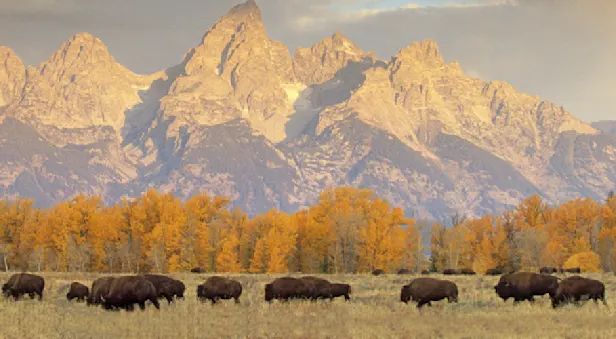Know Before You Go
Acadia National Park & Bar Harbor | Places We Visit in Maine
This wild area of deep forests, rocky headlands and surging Atlantic surf was the first U.S. national park to be created east of the Mississippi River. President Woodrow Wilson originally created Sieur de Monts National Monument in 1916, protecting the first 6,000 acres. In 1919 it was upgraded to national park status and renamed Lafayette National Park, and then the name was changed to Acadia in 1929. Over time, wealthy private citizens donated additional land which brought it to the current size of just over 49,000 acres. Some of these individuals stayed engaged with the park in more significant ways. John D. Rockefeller, Jr. designed and built the network of carriage roads that still provide easy access to the interior of the park today.
The landscape of Acadia National Park is dominated by Cadillac Mountain, the tallest of the 20 mountains found in the park. At 1,530 feet, it is the highest point on the entire North Atlantic coastline. From October through March, it is also the first place in the United States that you can see the sunrise. The exposed granite shows evidence of the glacial history of the mountain, with north-south lines gouged into the stone as a mile of ice crawled across the region thousands of years ago during the last ice age.
In addition to its scenic beauty, Acadia National Park engages the wildlife lover as well, with 40 species of mammals and more than 330 species of birds calling the park home. Moose, foxes, minks and more wander the forests, while the intertidal zones and tidepools are filled with fascinating invertebrates. Add to those 1,100 species of plants and a rich diversity of fungi and a curious naturalist could spend years exploring Acadia.
BAR HARBOR
The town of Bar Harbor is perched on the northeast shore of Mount Desert Island overlooking Frenchman Bay and contains over 10,000 acres of Acadia National Park. One of the most significant geological features of the town is Cadillac Mountain, the highest point within 25 miles of the coast anywhere in the eastern United States. The tidal areas are teeming with clams and other shellfish, and one of the traditional Wabanaki names for the area is Man-es-ayd’ik, or “clam-gathering place.” Bar Harbor was settled by the British in 1796 with the name “Eden.” By the 1800s, it was a popular vacation destination for wealthy Americans such as John D. Rockefeller, J.P. Morgan, Cornelius Vanderbilt and the Astor family. Its name was changed in 1918 to Bar Harbor.
Explore America's National Parks on These Trips

Hidden Yellowstone & Grand Teton Safari
A small-group exploration of Yellowstone and the Tetons as few get to experience these iconic parks—scout for wildlife and discover secret places with our naturalist guides who know this region intimately.

























